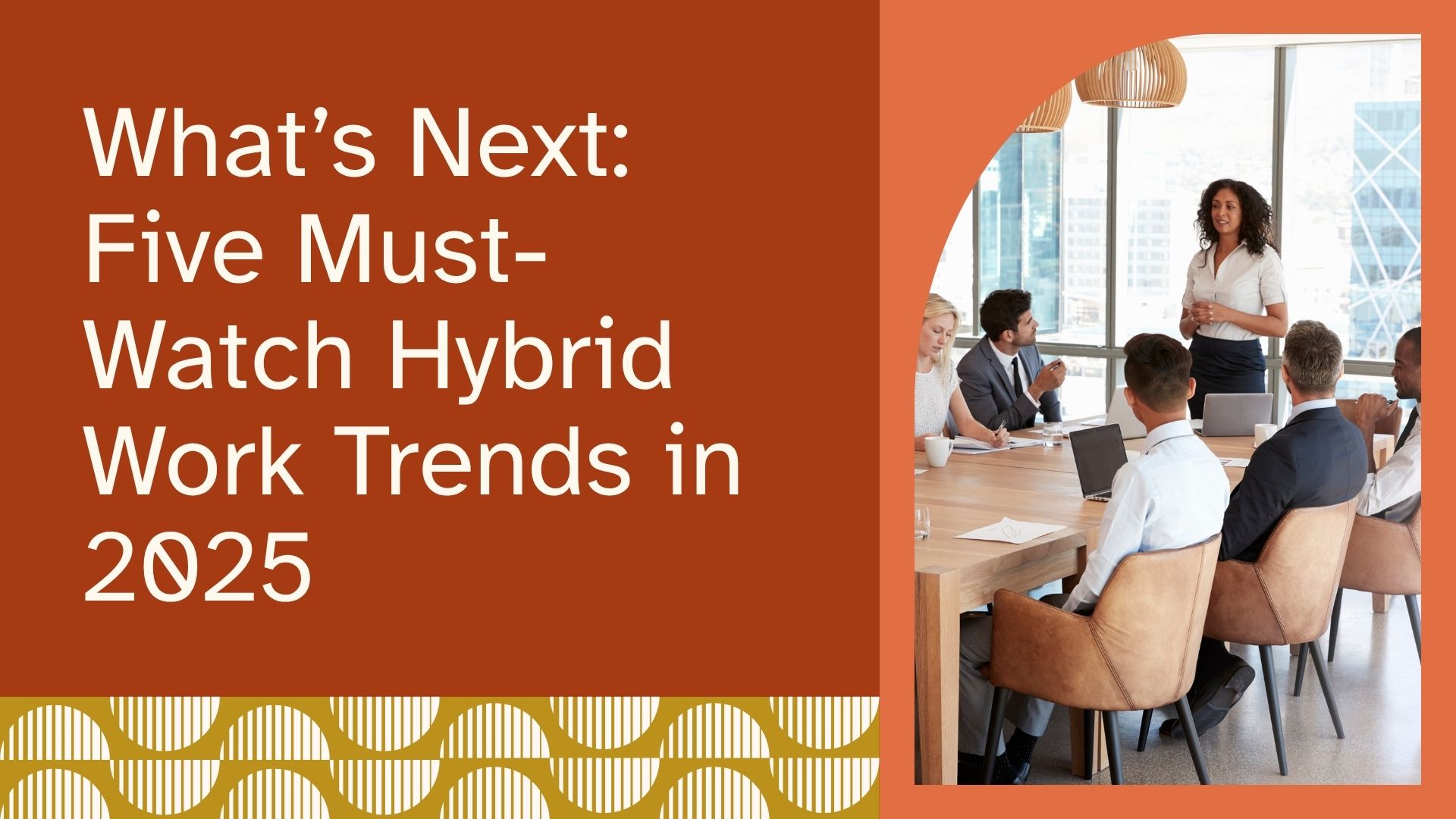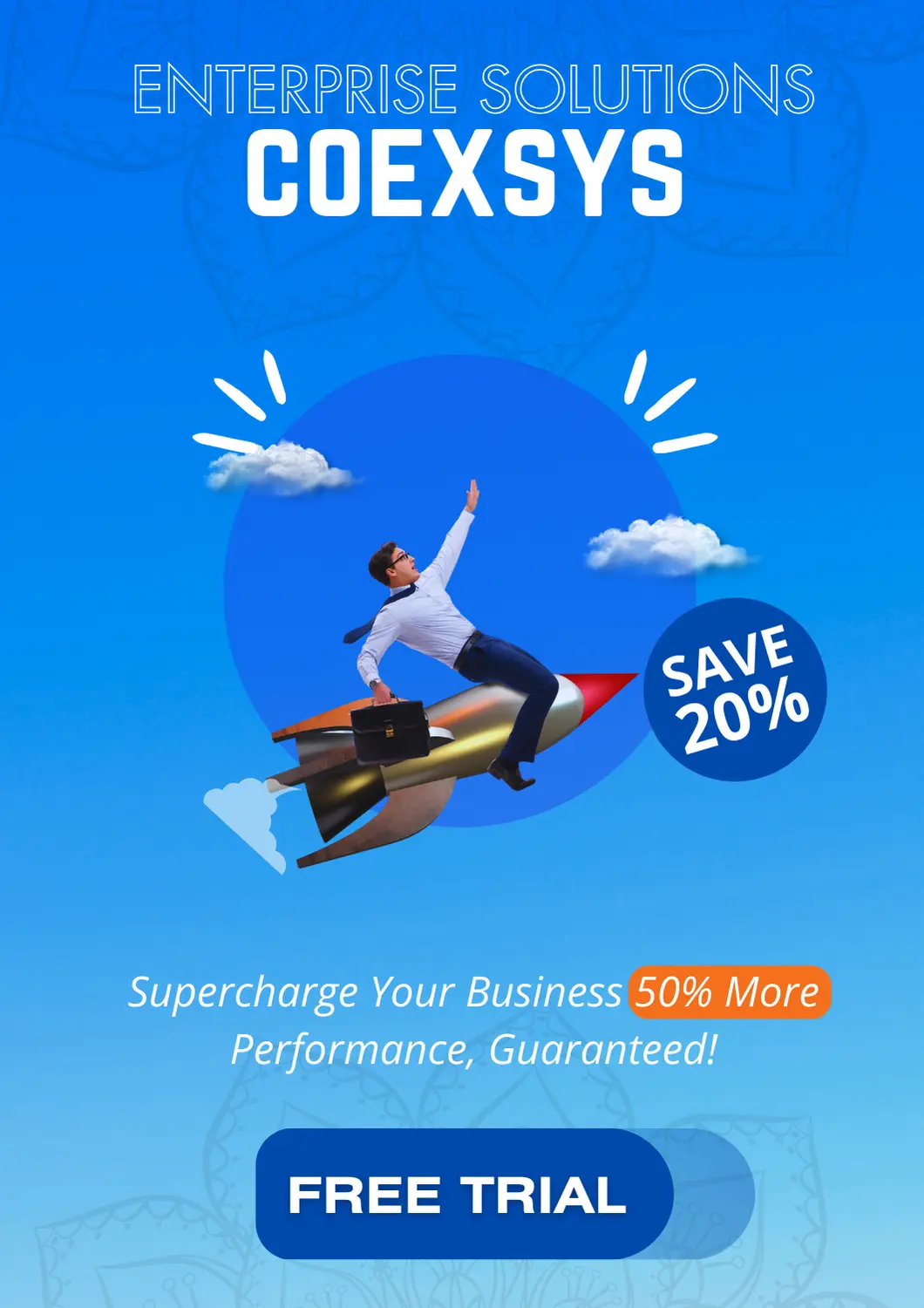As we progress deeper into the digital-first age, the hybrid work model is rapidly transforming and adapting to new workplace demands. What started as a response to the pandemic has now evolved into a lasting component of how most organizations operate. In 2025, hybrid work is not just about working from home and the office—it’s about redefining productivity, collaboration, and employee experience. Companies are leaning into flexible models while relying heavily on technologies that support visibility, accountability, and engagement. A standout among these tools is the growing use of attendance solutions for enterprises. These systems are playing a pivotal role in managing hybrid workflows and maintaining structure across decentralized teams.
Here are five hybrid work trends to watch in 2025 and how attendance solutions for enterprises are shaping their success.
1. Personalized Flexibility Becomes the Norm
The idea of one-size-fits-all flexibility is fading. In 2025, organizations are embracing customized work schedules tailored to individual roles, team functions, and employee preferences. This shift is driven by the realization that flexibility enhances engagement, performance, and retention. However, this level of personalization requires a lot of structure. That’s where attendance solutions for enterprises come in. These systems allow organizations to define and monitor individual attendance rules while ensuring fairness and consistency. Whether employees choose to work early mornings, late nights, or a blend of both, attendance data helps HR teams ensure that productivity stays on track without rigid timecards.
2. Office Time is Redefined by Purpose
Rather than requiring employees to be in the office for a set number of days, 2025 is seeing a rise in purpose-driven office attendance. Teams gather in person for strategic planning, innovation sessions, or cultural bonding, rather than routine tasks that can be done remotely. Attendance solutions for enterprises help facilitate this shift by offering calendar integrations, team presence tracking, and space utilization reports. With visibility into who is coming in and when, managers can plan meaningful in-office interactions without mandating attendance. This not only optimizes physical workspace usage but also makes office time more intentional and collaborative.
3. Data-Driven Decision-Making Shapes Hybrid Policies
One of the most critical evolutions in hybrid work is the reliance on real-time data to guide workplace policies. Organizations are using analytics to determine the effectiveness of hybrid arrangements, understand employee behaviors, and optimize resource allocation. Attendance solutions for enterprises provide crucial data points like average work hours, remote vs. in-office ratios, and time-off patterns. These insights help leadership understand trends and make informed decisions about team scheduling, engagement strategies, and even wellness initiatives. By aligning policy with actual attendance data, organizations reduce guesswork and increase transparency.
4. Employee Wellbeing and Autonomy Take Center Stage
Wellbeing has shifted from being a nice-to-have perk to a critical business priority. In 2025, successful hybrid organizations will balance autonomy with support. Employees appreciate having the power to control their schedules. Still, they also need systems that prevent burnout and promote healthy work habits. Attendance solutions for enterprises contribute by providing insights into overwork risks, excessive absenteeism, or unusual time patterns. With this information, HR can intervene early, offering flexibility, mental health support, or workload redistribution before problems escalate. In this way, attendance tracking is not about surveillance but empowerment, enabling employees to work better and healthier.
5. Seamless Integration with Other Work Tools
The best hybrid work environments are built on interoperability. In 2025, standalone tools are being replaced by integrated platforms that allow smooth transitions between communication, collaboration, and management functions. Modern attendance solutions for enterprises are designed to plug into everything from project management apps to payroll software. With integrations to tools like Slack, Microsoft Teams, and Google Workspace, employees can mark attendance, log time, or view schedules without leaving their daily workflows. This seamless integration reduces administrative friction and improves compliance across teams, especially in large organizations with distributed operations.
The Strategic Value of Attendance Solutions in Hybrid Work
While hybrid work focuses on flexibility and autonomy, it cannot succeed without structure. Attendance solutions for enterprises bring that structure by:
- Tracking presence in real-time, regardless of location
- Streamlining time and attendance recording to ensure accurate payroll processing
- Ensuring compliance with labor laws and regulatory obligations
- Providing valuable data to enhance scheduling efficiency and optimize workforce planning
- Supporting accountability without micromanagement
In the hybrid era, attendance tools are not about monitoring for the sake of control. They’re about enabling trust and transparency—key ingredients for long-term organizational success.
Use Cases Across Different Industries
Attendance solutions for enterprises are widely utilized across hybrid work environments. Here’s how various industries are using them in 2025:
IT and Software – To manage offshore and remote development teams across time zones.
Healthcare – For administrative staff working hybrid shifts or part-time from home.
Education – Among institutions, balancing online and offline teaching modes.
Consulting – Used to monitor billable hours for consultants and freelancers working in hybrid arrangements.
Manufacturing (Back Office) – For tracking support staff working partially in remote roles.
In each case, these solutions ensure accountability, fair compensation, and optimized scheduling.
Standard Features of Modern Attendance Tools
The best attendance solutions for enterprises in 2025 include the following capabilities:
- Cloud-based access and mobile apps
- Geofencing and biometric check-ins
- Customizable policies for hybrid models
- Real-time analytics and reporting dashboards
- Self-service portals for employees
- Integration with payroll, HRIS, and calendar tools
These features support dynamic work environments while minimizing administrative overhead.
Challenges in Hybrid Attendance Management
While the benefits are clear, managing attendance in hybrid models comes with its challenges:
- Resistance from employees who see tracking tools as intrusive
- Inconsistent internet access or technology use in remote regions
- Misalignment between attendance data and performance metrics
- Complexity in customizing attendance policies across roles
However, organizations that invest in employee training, transparent communication, and user-friendly tools often find these challenges manageable. Attendance systems can be positioned as productivity enhancers rather than control mechanisms.
Adapting to the Next Phase of the Future of Work
Hybrid work has transitioned from a trial phase to becoming the standard approach in today’s workplace. In 2025, organizations that succeed will be those that treat flexibility as a strategic asset while building robust systems to support it. Attendance solutions for enterprises will continue to evolve, becoming more innovative, more integrated, and employee friendly. From predictive analytics to personalized alerts, the next generation of tools will not only tell you who’s working and when, but also the significance behind it.
The future of work is hybrid, and the future of hybrid work is data-driven. As flexibility becomes standard, companies must adopt solutions that provide both visibility and adaptability. Attendance solutions for enterprises are key to bridging this gap, enabling structured flexibility that benefits both employers and employees. By embracing these tools and trends, businesses can build more productive, healthy, and agile workforces, ready for whatever the future holds.
Sources:
- Cisco Newsroom – https://newsroom.cisco.com/c/r/newsroom/en/us/a/y2025/m06/hybrid-work-2025-how-leaders-can-get-it-right.html
- MIT Sloan Management Review – https://sloanreview.mit.edu/article/five-hybrid-work-trends-to-watch-in-2025/


